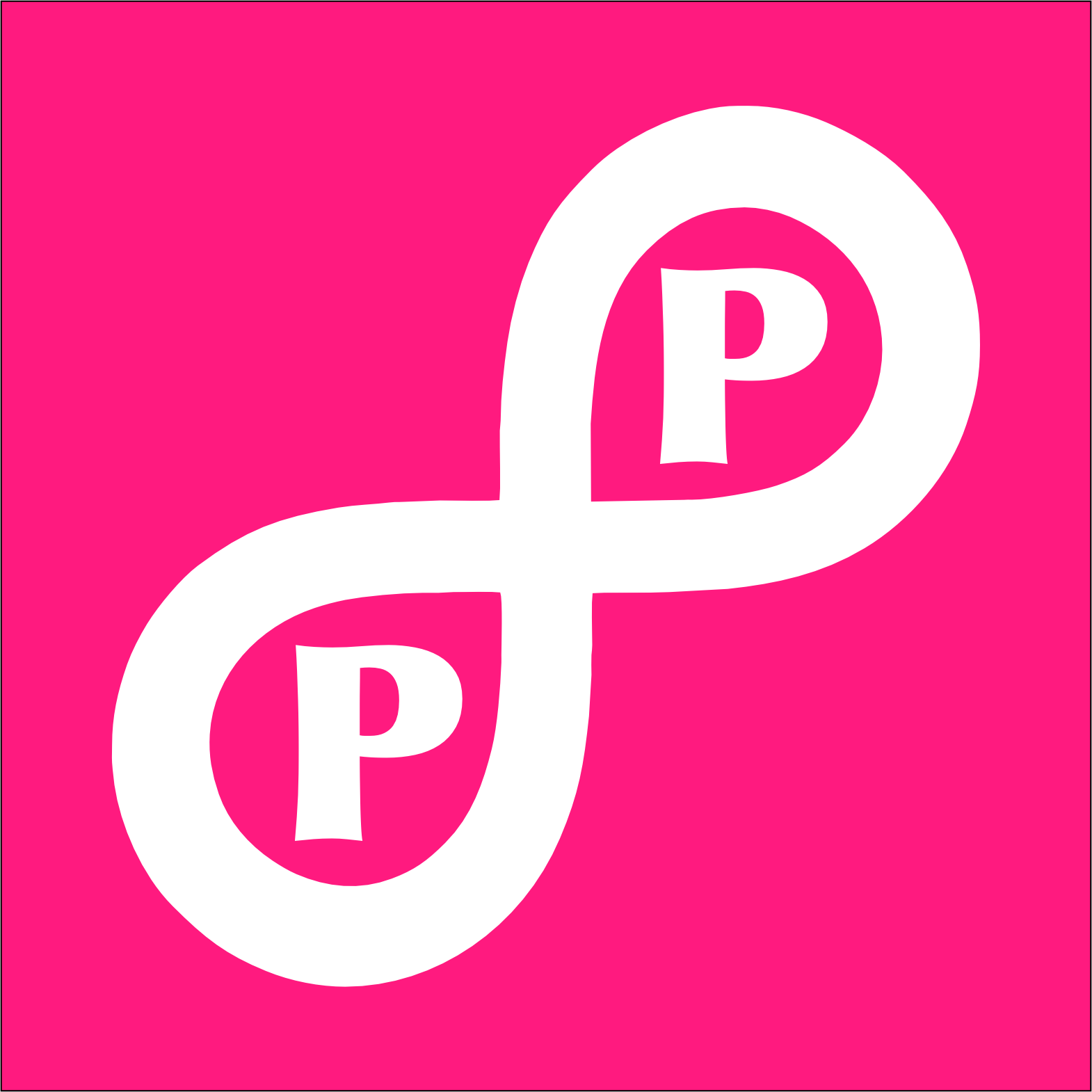Preferences & Choices (Paradox Pair #67)
The more choices we have the harder it is to make a selection, and we are less satisfied with the final determination.

We are surrounded by a nearly endless sea of choices. A trip to an outlet mall, a supermarket, or car dealer ship demonstrate examples of what Barry Schwartz defined as the paradox of choice. From the types, colors, and prices of the clothes we wear, to the model, options, and packages of the cars we drive, we are assaulted by choices from all sides. The paradox concludes that the more choices we have the harder it is to make a selection, and we are less satisfied with the final decision as well. Surprisingly, limiting freedom of choice can lead to feeling better about a selection.
We make choices by a process of comparing and contrasting. When the permutations become large we can no longer keep track of the matrix of results. Those seeking to gain the most optimal outcome, called maximizers, are the most prone to disappointment, buyers remorse, and regrets from nearly unlimited choices. While satisficers, people who approach a problem looking for a “good enough” decision, are better equipped to navigate the multitude.
“When there are more options, opportunity costs are greater and can leave people with regret” -The Decision Lab
To supplement our recent brainstorming approach, after alternating individual idea generation and holding group discussions, we seek to narrow our choices to two good options. We then make the required comparisons to pick between the two, rather then spending energy to generate more ideas.
The Paradox Pairs series is an exploration of the contradictory forces that surround us. A deeper study finds that these forces often complement each other if we can learn to tap into the strength of each. See the entire series by using the Paradox Pairs Index.




